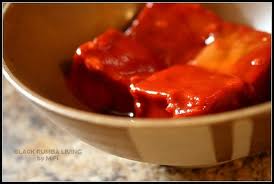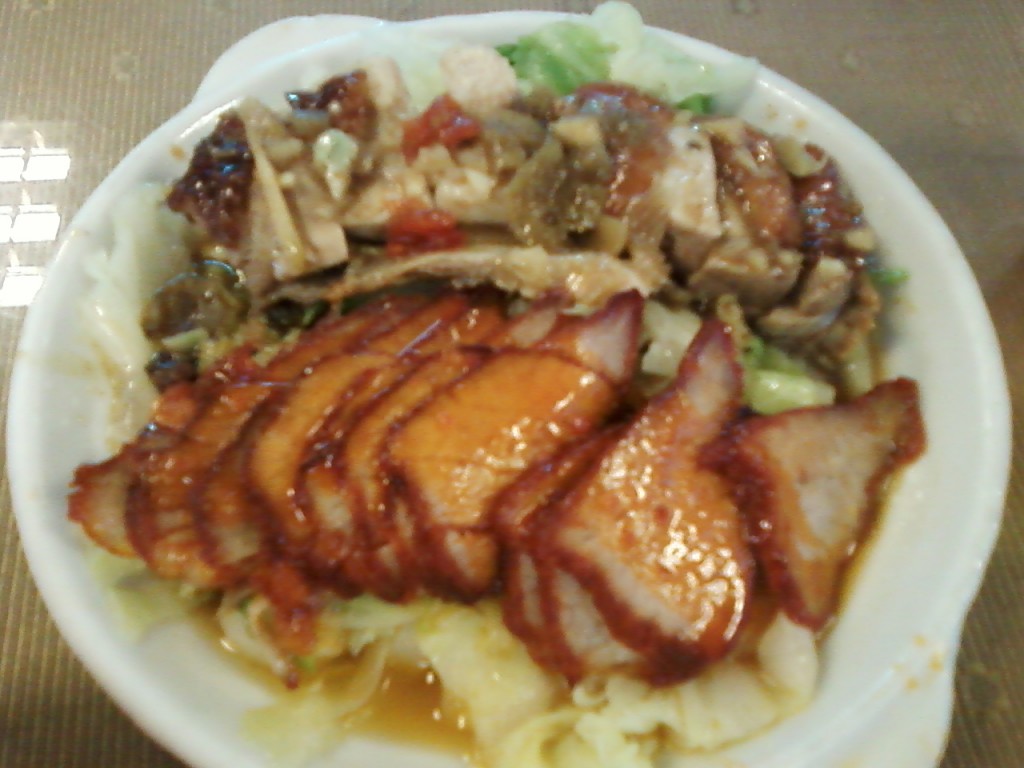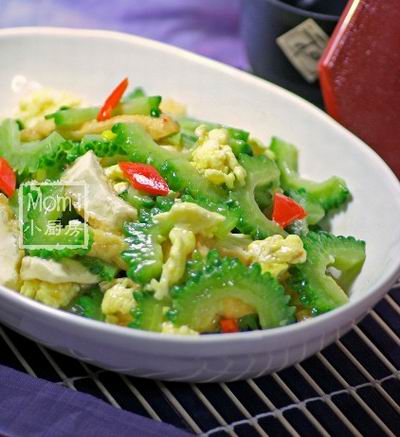“NanRu” is a red fermented bean curd which is often used as a thickener in Chinese food. It also gives the food a distinctive, somewhat spicy aroma. I use it in my Beer Duck recipe, but it can be used as part of a sauce for many other recipes.
Dou Ban Jiang (Chinese Bean Sauce) (asianliving.me)
Recipes for Healthy Kids (oldwaystable.org)








 Custom Search
Custom Search